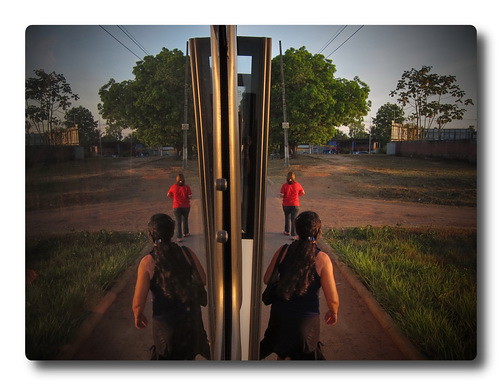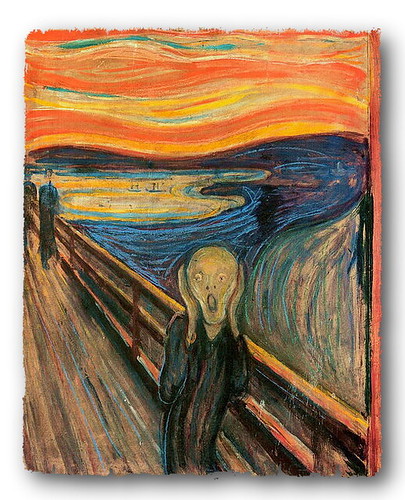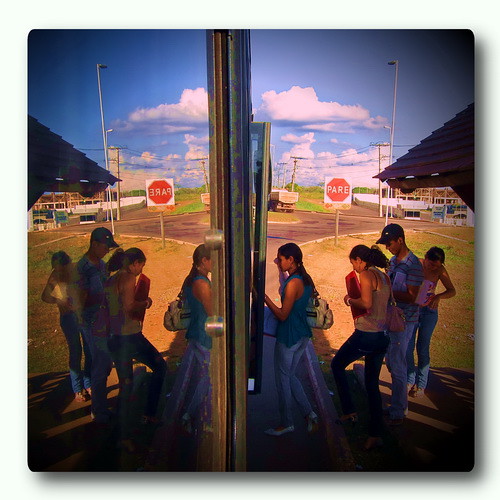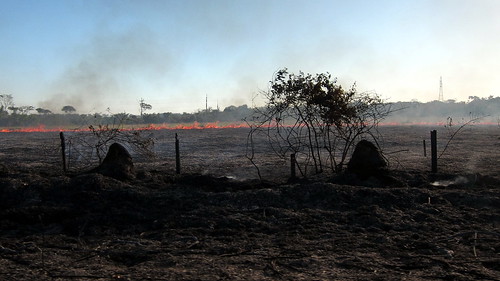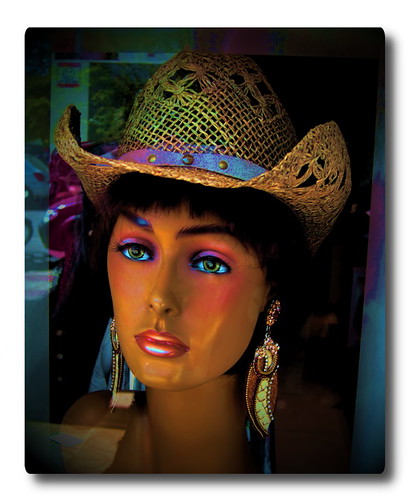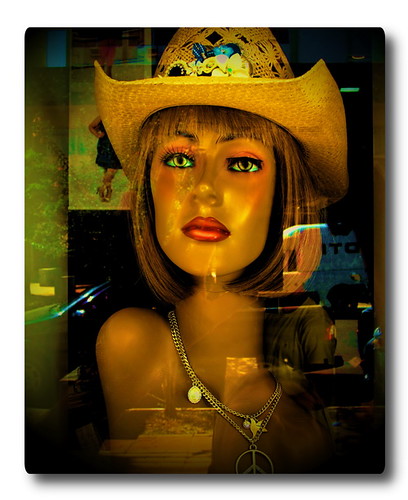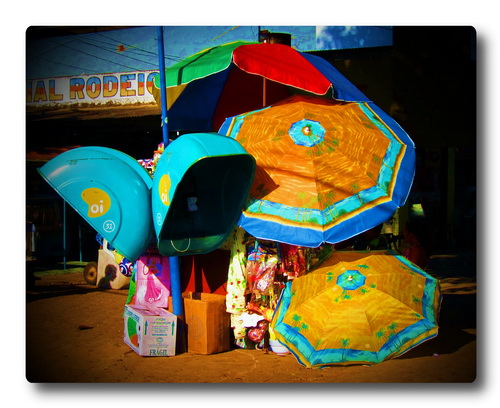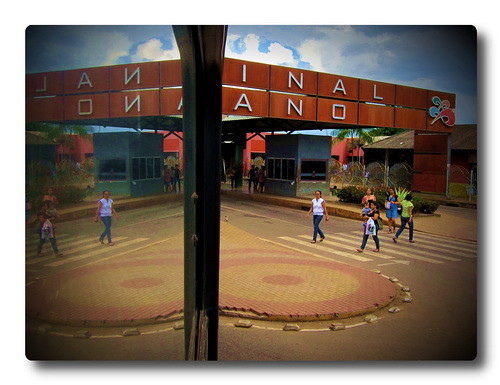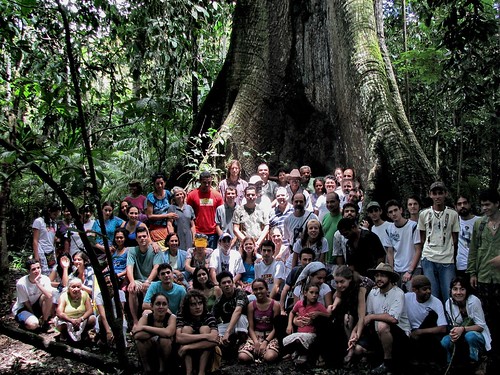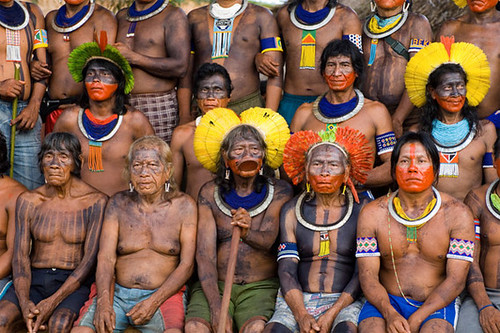THE DAILY VIEW

It's Hot Out There -- photo by Lou Gold
A lucky shot a few days ago as the kids were perfectly aligned. They had come out of the midday sun to rest in the shady corridor. Seems most appropriate as yesterday Rio Branco registered the high temperature in Brazil -- 100F (38C) -- and Weather Underground reports that more of the same is forecast.
Meanwhile, back in the USA, weather news is full of heat waves while the political climate continues to spew denial of global warming.
I'm heading downriver and into the forest for a few days. There will be more "dailies" and a report when I return next week.

